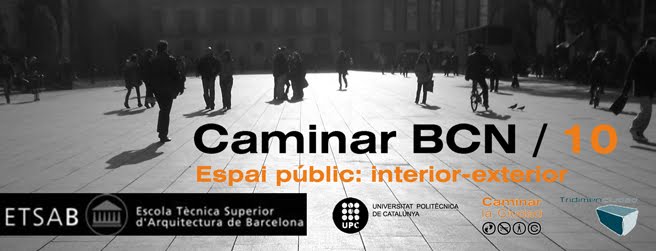

The New Town was constructed in the Georgian period, which is why the principal street is named George Street. The architecture of the New Town is Neo classical, and to this day remains extremely well preserved. The main street, George Street forms a link between the two main Squares of the scheme, St. Andrew Square and Charlotte Square, which both contain public parks. Through time the New Town has became the commercial centre of Edinburgh, with it’s prestigious building and wide tree lined streets.
There is such a distinction between the two areas of Edinburgh, much like Barcelona with Gotico and Eixample. Where the Old town is filled with tiny ‘Closes’, and narrow winding streets, the New Town is very formal. For me the two areas have very different associations because as charming as the Old Town is, there is an undeniable beauty in the strong lines of the New Town. In Edinburgh as in Barcelona it can be the moments when the grid breaks that are the more interesting, for instance the beautiful curving Crescents of the New Town. The New Town is exceptionally well preserved and even now as you walk through the streets of the New Town, with their traditional Cobbled streets you can imagine people arriving to their Town House in a horse and carriage.

There are many parks dispersed through the New Town, although many are private, which provide moments of quiet seclusion in the busy atmosphere of a city. The Eixample of Barcelona lacks any real green spaces, within the huge grid.

One main difference between the New Town of Edinburgh and Eixample is the construction of the buildings. In Edinburgh not only was there a plan for the construction of the streets but also every façade, with all the streets having a resemblance. Whereas in Eixample, the main focus seems to have been on the block, as opposed to the façades, as many blocks have a completely different style.

